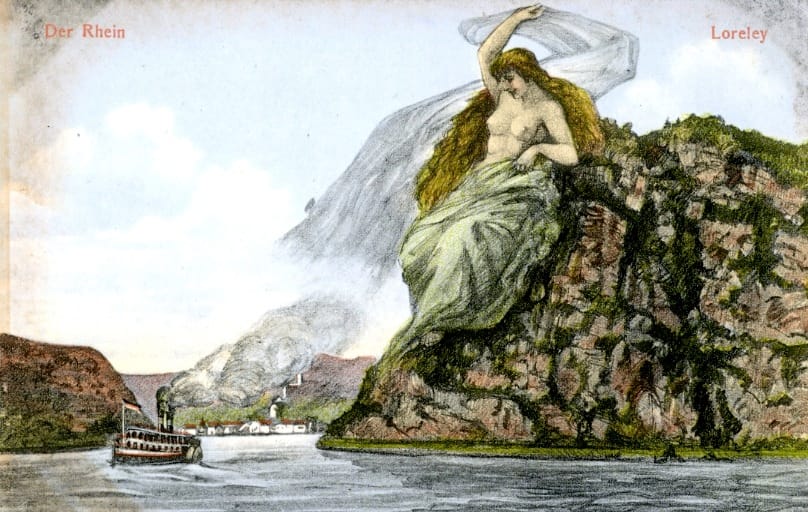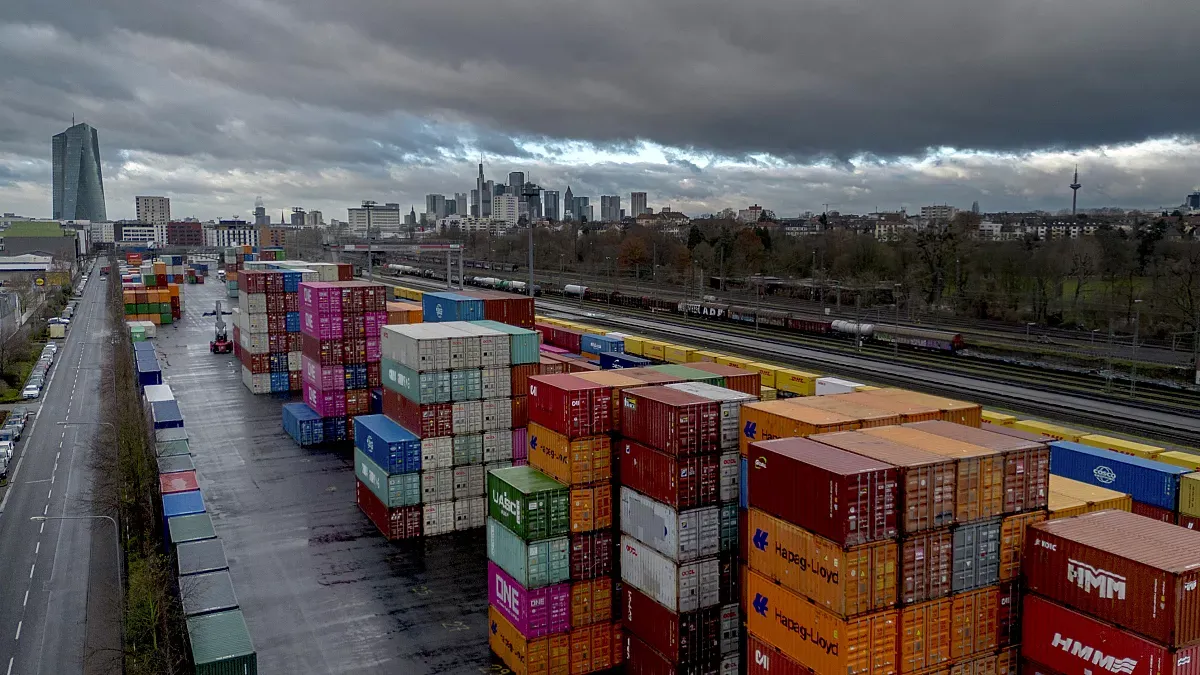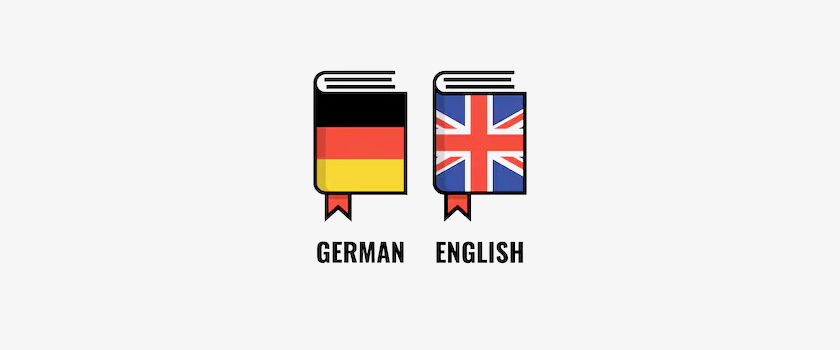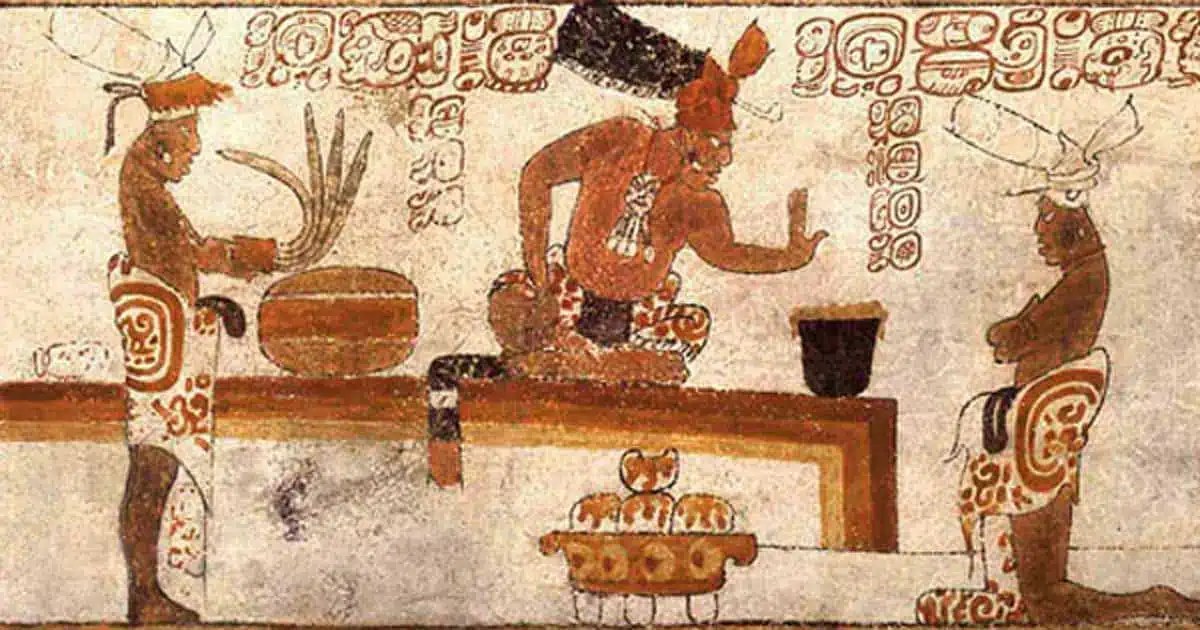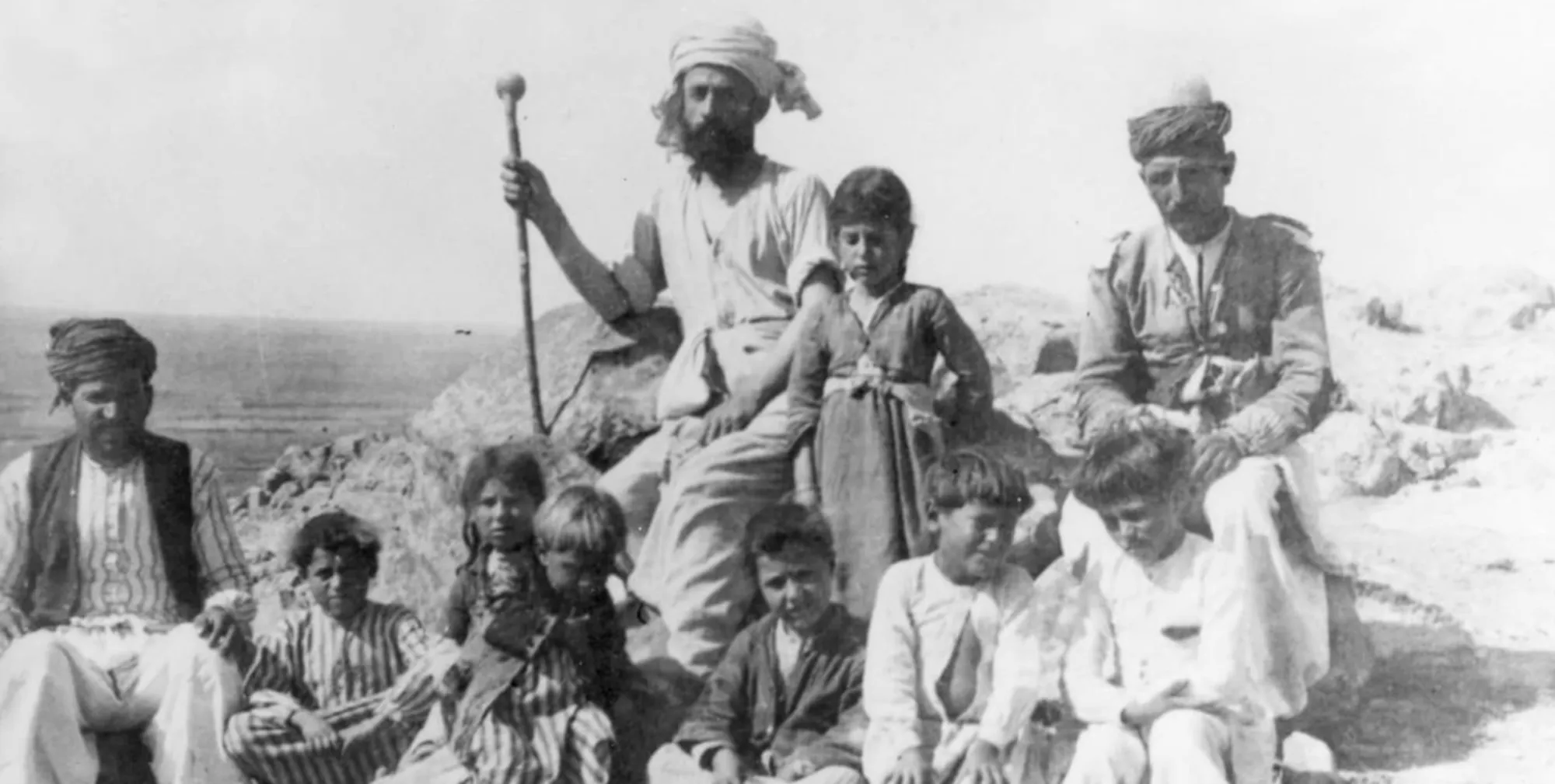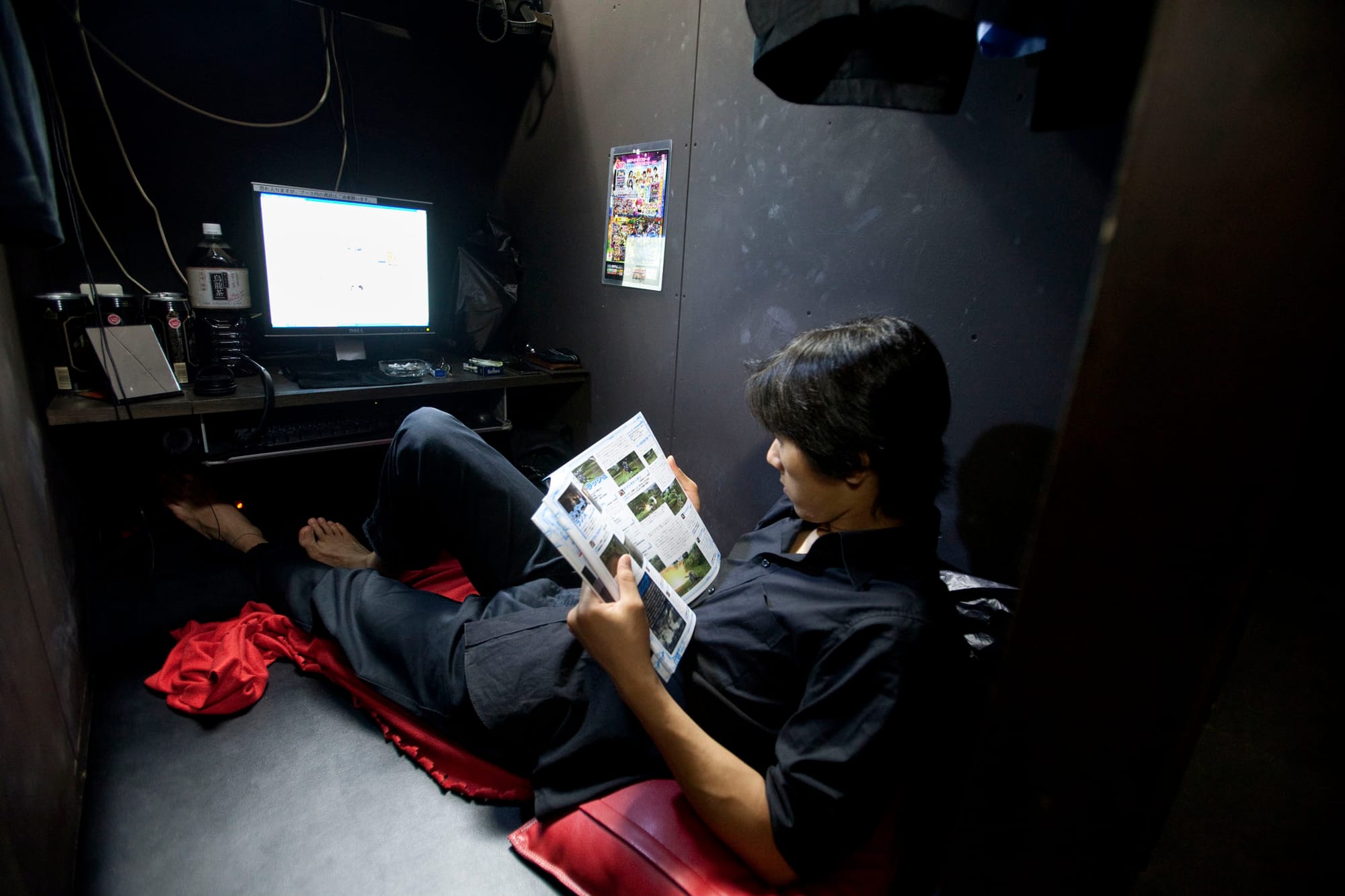“EINE FAHRT INS BLAUE”
(A drive into the blue)
“Eine fahrt ins blaue” is used to convey the idea of venturing into the unknown. It has roots in the linguistic and cultural association of the colour blue (symbolising freedom) with the enormity of the sea and sky. It is often used to portray the notion of open-ended possibilities, with no clear boundaries or predetermined definitions. The phrase “ins Blaue” became common in Germany in the 19th century—frequently used to describe exciting excursions; ones taken with a completely carefree mindset and a certain spontaneity. Seemingly endless, the sky and sea are a perfect metonym for this type of journey, as they represent this idea of limitless opportunity and freedom. This is compounded by how German romantic literature picks up on the colour blue to symbolise a sense of longing. Novalis’ “blaue blume, (blue flower) from his novel Heinrich von Ofterdingen epitomises here the longing for deeper meaning in life, likely achieved by travelling and discovering what is unknown. Moreover, “ins blaue” has also stemmed from the Flax flower. Flax flowers grow in fields and paint the horizon with an ephemeral, dreamy blue. These fields, common in Germany—especially in rural areas—may have inspired the poetic imagery of going “ins blaue.” Joseph von Eichendorff presents his interpretation of going “ins Blaue” through his poem, Mondnacht, in which he depicts the blending of nature and the connection between earth and sky. The poet here paints an image of the sky and the earth becoming one entity—reinforcing the idea of an endless blue landscape that we long to discover.
“ICH VERSTEHE NUR BAHNHOF” (I understand only trainstation)
“Ich verstehe nur Bahnhof” originated from deep in the German trenches of World War 1. . After enduring the hardships of war, away from their families, the German soldiers longingly awaited their next trip home. Since the train was the only way home, the German word for train station (bahnhof) became synonymous with liberty and an eagerness to return home. When the soldiers heard lengthy and complex tactical conversations, their response was simply, “Ich verstehe nur Bahnhof”—as” to say, “I don’t care; I only want to go home. When do we go to the station?”. The term has now been modernised to simply mean, “I don’t understand a thing”. Train stations were the gateway to liberty for soldiers, which constantly lingered on their minds—all they wanted to hear was that they could go to the “bahnhof.”
“DAS IST MIR WURST” (That is sausage to me)
“Das ist mir Wurst” is a very popular idiom, often heard in spoken German to mean "I don’t really care"; it doesn’t matter to me. This phrase became notably popular in Germany in the 19th century. As we all know, sausages are ubiquitous in German cuisine; they lie at the heart of German culture and excellence, and they come in many different forms. It is thought that over time, the variety of sausages became so abundant that having to choose one over another seemed inconsequential to those involved. “A sausage is a sausage” was very much the mindset. Now in the 21st century, "das ist mir wurst” needs not to pertain solely to choosing the correct type of sausage; instead, it is used when expressing indifference or indeed dismissal. Telling yourself “das ist mir wurst” is often an effective way to prioritise what really matters in order to focus on one task at a time and perform it to the best of your ability—instead of trying to multitask with the unimportant.
“ALLES IM BUTTER” (All in butter)
“Alles im Butter” is adopted in spoken German to mean “all is good’ or “everything is going smoothly.”. Its origins are rooted back to the Renaissance period and relate to the transportation of fragile items like glass, chandeliers, and lamps. At the time, all around Europe, refined glassware was regarded as a valuable commodity, with cities like Venice, Bohemia, and Murano at the forefront of production. Merchants often transported these goods across volatile landscapes, faced with extended mountainous regions. As a result of this, upon arrival, most of these items had been smashed and lost all value. Naturally, merchants toiled over finding a solution to this problem, initially trying to pack the items in straw or hay. While very easily accessible and inexpensive, packing them with grass couldn’t provide absolute full coverage, and the little gaps exposed were exploited; the items had space to move around and shatter. Sawdust was the next big idea, but this failed as people found it often created scratching splinters, which damaged the goods. Finally, merchants discovered they could pack the items in crates of melted butter, let them solidify, and thus have a fully sealed crate with no room for error. Though the German language isn't as soothing as its peers, if you ever hear a German say “alles im butter,” then rest assured that all is good.

